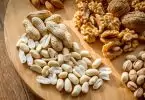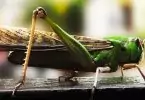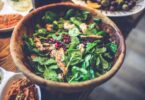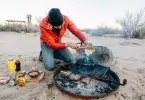Foraging, the ancient practice of gathering wild food resources has experienced a resurgence in recent years as people seek to reconnect with the natural world and increase their self-sufficiency. This blog post delves into the fascinating world of wild edibles, guiding you on a journey to expand your knowledge, enhance your culinary skills, and develop a greater appreciation for the environment around you. With any luck, after reading, you will be inspired to head outside yourself, and see what you can find.
Finding the Bounty: Where to Forage
Wild edibles can be found in various environments, from urban parks and forests to meadows and coastal areas. Be attentive to the plants growing around you, as many common wild edibles can be identified by simple visual cues. One such example is the chicken of the woods mushrooms, which is a delicious and easily identifiable wild edible. Do note that local regulations and private property rights should be respected when considering where to forage. Always ask permission and familiarize yourself with regional guidelines before harvesting any plants.
Tools of the Trade: Basic Foraging Equipment
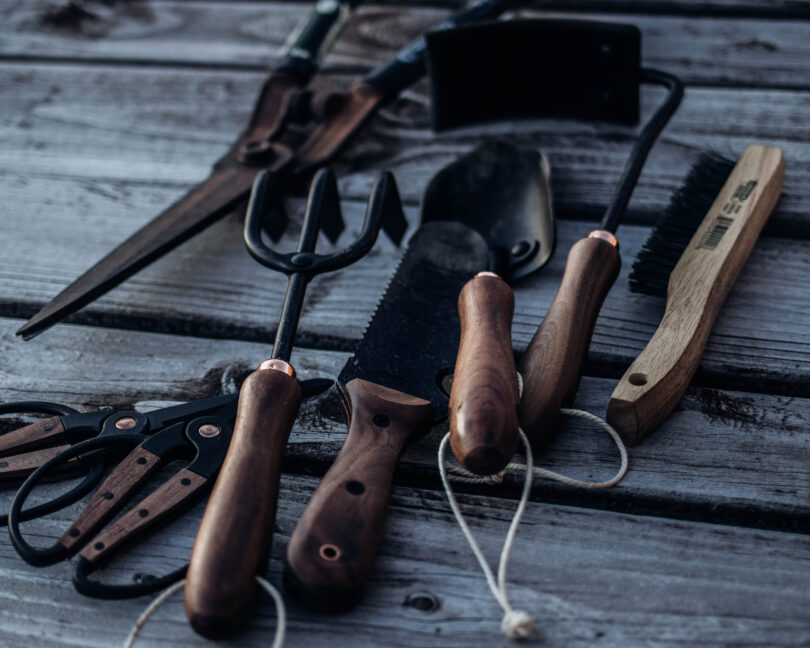
Source: gatherandgrow.com
- Field Guide: Purchase a reputable printed or mobile app field guide to aid in identifying plant species. Choose one focused on your region to maximize accuracy and relevancy. Local bookstores often have relevant and regional options for you to select from.
- Gloves: Use gloves to protect your hands from thorns, insects, or potential allergens. Any home goods, hardware, or gardening store worth their snuff should be able to have multiple options for you to select from.
- Basket or Bag: Have a basket or reusable bag to collect and store your harvest. Burlap tends to be the most durable, flexible, and dirt resistant of materials people commonly use.
- Pruning Shears: Carry a small pair of pruning shears for harvesting leaves or cutting branches without harming the plant. Ripping away at stems can leave a plant vulnerable as it will have to use much more energy to heal itself.
- Small Shovel: Use a compact shovel or gardening tool for digging up roots or tubers. Many modern foraging shovels are able to fold up small enough to fit into a pocket.
- Notebook and Pen: Keep a log of your foraging finds, noting the dates, locations, and plant descriptions for future reference. Once you’ve established multiple caches of flora, you can revisit them in rotations to be sure that each spot has time to replenish and isn’t over-picked.
Wisdom in the Wild: Identifying Edible Plants
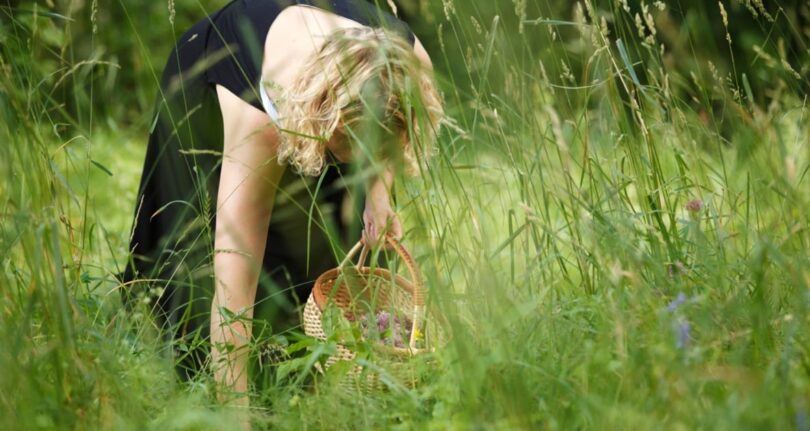
Source: farmersalmanac.com
Accurate plant identification is crucial when foraging, as some wild edibles have toxic lookalikes. Many seasoned foragers recommend the ‘rule of three‘, which suggests confirming your plant’s identity using three separate sources, such as a field guide, a knowledgeable expert, and an online reputable resource. To further ensure accuracy, try to gather as much information as possible on the plant’s morphology, seasonality, habitat, and potential toxic doppelgangers.
Environmentally Friendly Foraging: Sustainable Harvesting
Practicing sustainable foraging not only benefits the environment but also ensures the long-term availability of these natural resources. Adhere to these ethical harvesting guidelines:
- Take only what you need and use what you take.
- Do not overharvest or damage the plant, leaving enough for the ecosystem and other foragers.
- Avoid rare or endangered species. Focus on the more abundant plants available.
- Replant seeds or root cuttings to give back to the ecosystem.
- Stay on designated trails as much as possible to minimize disruptions to the plant community.
Foraging through the Seasons
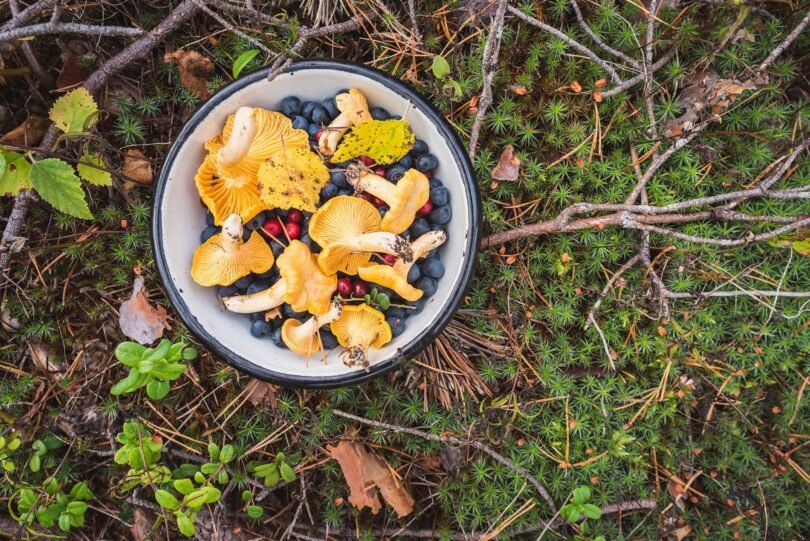
Source: nationalgeographic.co.uk
To fully appreciate the bounty of wild edibles, it is essential to understand the seasonality of the plants. Over the course of a year, the availability of various species will change, offering a diverse array of flavors and textures to explore. For instance, springtime offers young greens and tender shoots, while late summer and fall bring forth an assortment of berries, nuts, and fruits. Embracing the seasonal nature of foraging allows you to deepen your connection with the environment and expand your culinary expertise throughout the year.
From Field to Feast: Cooking with Wild Edibles
Cooking with wild plants can be an exciting culinary adventure, as they offer unique flavors and textures not found in store-bought produce. Some common wild edibles include dandelion, purslane, nettles, and chickweed. Wild edibles can be used in soups, salads, teas, and even desserts. For your safety, always research proper preparation techniques and allergy warnings before consuming any wild plant.
Being able to cook with wild plants is not only delicious and nutritious, but it also is a way for people to budget their lives better. Food (especially fresh produce) is becoming more and more expensive. Save big by subsidizing your grocery store visits with trips to the local forest instead.
Foraging Safety: Avoiding Hazards
While foraging can be an enjoyable pastime, it’s essential to be aware of potential hazards and risks. Ensure you are aware of any poisonous plants, insects, or snakes in the area, and carry a well-stocked first aid kit in case of bites or allergic reactions. Dress appropriately for the environment, including wearing long pants, covered shoes, and sun protection when necessary. Stay aware of your surroundings and always let someone know where you will be foraging and when you expect to return.
Foraging with Family: Involving Children and Loved Ones
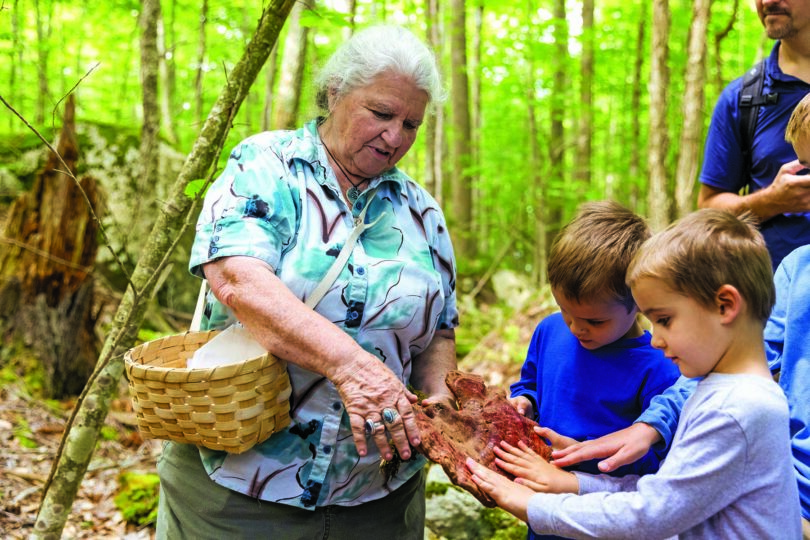
Source: adirondackexplorer.org
Foraging can be a rewarding activity for the whole family, providing a unique opportunity to bond while learning about the environment. Involve children in the foraging process by teaching them about plant identification, sustainable harvesting techniques, and the importance of respecting nature. This hands-on experience can inspire a sense of wonder and curiosity in children, fostering a lasting appreciation for the outdoors and the abundance it provides.
Conclusion: The Joys of Foraging
Foraging provides a wealth of benefits, from developing a deeper connection with nature to discovering new, flavorful ingredients for your home-cooked meals. It inspires curiosity, fosters stewardship, and sparks a lifelong journey of learning and exploration. As you embark on your foraging adventure, remember to be cautious, respectful, and sustainable in your practice. Happy foraging!


